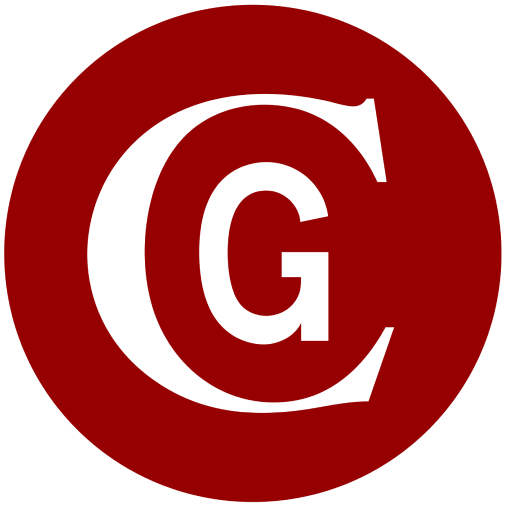2025 |
Pebble Beach Auctions1931 Stutz DV-32 Bearcat
Register to BidAsking Price
$875,000
Chassis
DV281154
Engine
DV33098
Car Highlights
Part of the Famed Harrah’s Automobile Collection for over 25 Years
The Final High-End Model of the Celebrated Stutz Company
The Flagship Body Style for the Introduction of the Brilliant DV-32 Engine
Restored by the Noted Texas-Based Stutz Specialists Old Iron Works
A Rarely Seen, Exciting, Two-Place, American Full Classic
Technical Specs
322 CID DOHC Inline 8-Cylinder Engine
Single Schebler Dual-Throat Updraft Carburetor
156 BHP at 3,900 RPM
3-Speed Manual Gearbox
4-Wheel Vacuum-Assisted Hydraulic Drum Brakes
Front Solid Axle with Semi-Elliptical Leaf Springs
Rear Live Axle with Semi-Elliptical Leaf Springs
Tommy Wolfe, Long Beach, California (acquired by mid-1950s)
Harrah’s Automobile Collection, Sparks, Nevada (acquired from the above in 1959)
Richard Mitchell, Conroe, Texas (acquired circa early 2010s)
Current Owner (acquired from the above in 2014)
Harry Stutz’s meteoric career in the automobile industry began in Indianapolis in 1903. Two years later, he was appointed Chief Engineer for the American Motor Car Company, whose dashing Underslung would gain fame during pre-WWI years. In 1906, Stutz moved on to the Marion Motor Car Company, also based in Indianapolis, remaining there until 1910, when he and a colleague founded the Stutz Auto Parts Company. It was a short journey from parts maker to automaker in those early days, and Harry Stutz’s first car was ready in early 1911. To test his design and gain publicity, he boldly entered his prototype in the inaugural Indianapolis 500. Despite suffering from tire trouble throughout the race, the new Stutz managed a respectable 11th Place finish with an average speed of 68 mph. It was a remarkable performance from a car just weeks off the drawing board.
The ensuing publicity launched the Stutz name, and Harry Stutz capitalized on the Indy results by advertising the slogan “The Car That Made Good in a Day.” Indeed, it had, and this would mark the beginning of many impressive performances on the racetracks of America and Europe.
By the early 1930s, Stutz had seen further racing accomplishments, as well as the creation of numerous successful models for public consumption. Rather than attempt to take part in the cylinder wars with their limited resources, Stutz smartly improved upon its proven Vertical-8 engine with a brilliant DOHC cylinder head, and the DV-32 was born. With its efficient four valve-per-cylinder configuration, the DV-32 engine was the heart of a brilliant, high-performance chassis that did not abide by the prevailing standards of Detroit, which championed 12- and 16-cylinder luxury cars. In its day, the Stutz DV-32 was an exceptionally fast automobile that proved formidable competition, even for Duesenberg’s prestigious Model J.
In Depression-era America, the top-of-the-line Stutz was an expensive automobile, built and sold in limited numbers. The last, and to many, the finest automobile Stutz ever built, the DV-32 is widely regarded as one of the great sporting motorcars of the Classic Era. To celebrate the model, Stutz revived the fabled Bearcat name for its existing Torpedo Speedster design and used the sleek model widely in its 1931 advertising for the debut of the DV-32. Drawing from the success of their roots, and celebrating Stutz’s 20th anniversary, period advertisements included a lifelike rendering of the new Bearcat at speed, with its rounded tail, side-mounted spares, and dramatically cut-down doors ahead of the original Bearcat, and proclaiming “The Stutz ‘Bearcat’ Returns!” Each DV-32 Bearcat was to be delivered with a signed affidavit that a professional racing driver had driven the car at the rate of 100 mph.
The known history of this striking DV-32 Bearcat dates to 1959, when Tommy Wolfe of Long Beach, California, is recorded as having sold it to the Harrah Automobile Collection of Sparks, Nevada. The rare Stutz was apparently kept in the partially restored condition in which it was purchased, and maintained within Mr. Harrah’s famously diverse collection until the majority of the cars were sold beginning in 1986.
Texas-based Stutz authority Richard Mitchell acquired the DV-32 in the early 2010s, and added it to his considerable collection of the Indianapolis-built automobiles. In 2014, a deal was reached with the consignor, wherein the Bearcat would be restored to high-quality show standard in Mr. Mitchell’s workshop as a condition of sale. In 2016, with the work complete, the sporting DV-32 took a place of honor within the consignor’s California-based collection.
Today, strikingly finished in a brilliant blue hue with black upholstery and weather gear, and showing just 380 post-restoration miles, the Bearcat is one of few survivors of the famed, sporting body style, and is an apt flagbearer for the 156 hp DV-32. It stands ready to approach its next chapter, whether on tour or show, with its unique rakish elegance – the last and best offering of a truly hallowed American marque.



